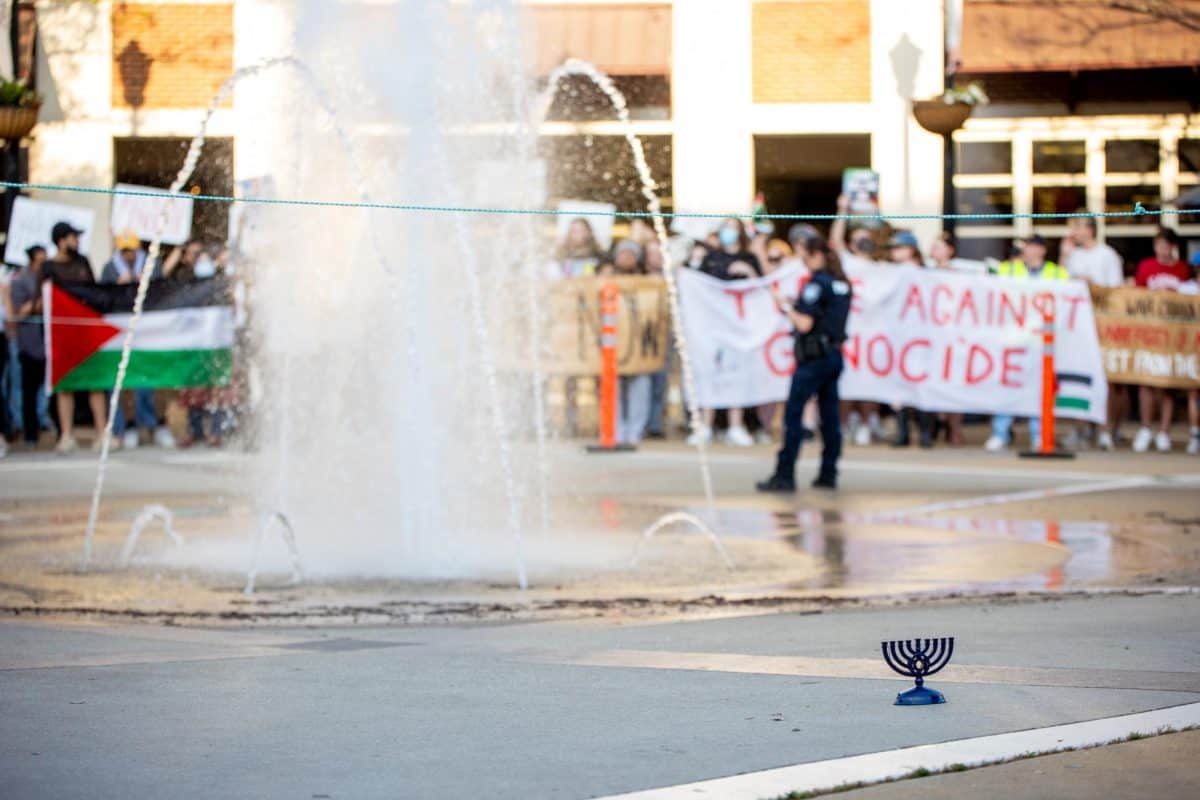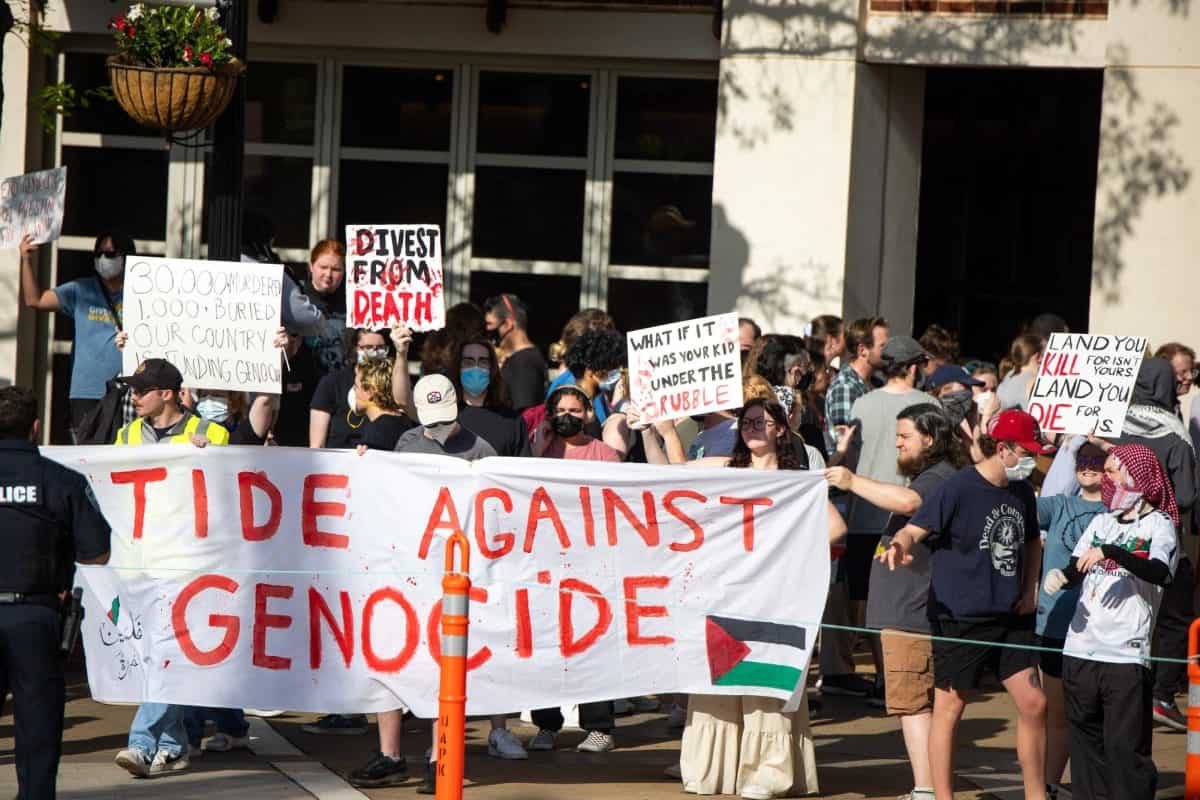Marion, Ala. may be 57 miles from the university, but students in the Honors College want to make it seem a lot closer.
Perry County community members and students involved with the 57 Miles Perry County Partnership, a new initiative that will expand the three-week University Fellows immersive experience to the entire Honors College, discussed experiences and plans from the organization that looks to merge the resources of the University with the provincial city of Marion.
Hosted by the Honors College in Gorgas Library on Oct. 9, the event featured a panel of Marion locals and college students as a part of the 57 Miles program, where students have the opportunity to work in the county with members of the community.
Chris Joiner, a senior majoring in biology, was one of the featured student panel members and has visited the area twice.
“It’s about bridging the gap from what we do here on campus to what we can do in Marion,” Joiner said.
Located 57 miles to the south of Tuscaloosa, Marion holds the county seat of Perry County and is known as a city heavily influenced by the culture of the Black Belt region.
Alabama’s Black Belt region, once among the richest areas in the United States before the Civil War due to its black soil perfect for large-scale cotton production, now suffers from severe economic underdevelopment. As means of production began to shift away from the traditional practice of harvesting these crops to a more industrial process after the Civil War, Marion and the rest of the Black Belt began to suffer. Other problems followed: widespread problems with health, education and political corruption.
“As the world became more mechanized, the price of farming equipment went up,” Robert Turner, a lawyer who practices in Marion, said. “This created less opportunity for the blue collar workers on small farms.”
Unable to compete with the advanced machinery of larger farms, regions of Marion began to experience a slow decline into poverty. According to the 2011 U.S. Census, at least 33 percent of the population is below the poverty line and 15 percent are unemployed.
Although named “The College City” for universities such as Howard College, Judson College and Marion Military Institute, the lack of job opportunities also had an impact on education. Fewer than nine percent of residents aged 25 years or older have earned a bachelor’s degree.
In addition to working in education, the 57 Miles partnership also has goals of improving the land grant access of Marion. They have begun registering land with the Environmental Protection Agency so industries can cultivate the land and can bring new money into the city.
“The main thing y’all bring to the table is hope,” said Roy Burnett, a former pharmacy store owner in Marion. “It’s very refreshing.”
Kelly Konrad, a sophomore majoring in French, spent last May in Marion working with both third and tenth grade students. She helped lead workshops around certain aspects of academics like art, poetry and ACT prep.
“I learned to step outside of myself. Most people assume that your twenties is a time for you to be selfish and grow as an individual,” Konrad said. “I think that you should take what you’re learning in school and apply it.”
Students who wish to get involved with The 57 Miles Perry County Partnership can attend two round-table discussions on Oct. 30 and Nov. 13 at 6 p.m. in Lloyd Hall 120. The discussions will center on the economics of systemic poverty and rural medicine.






